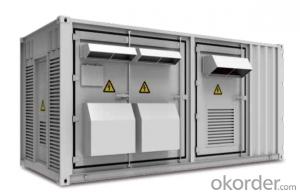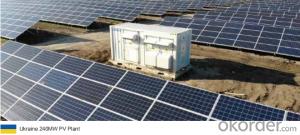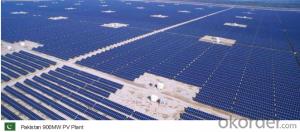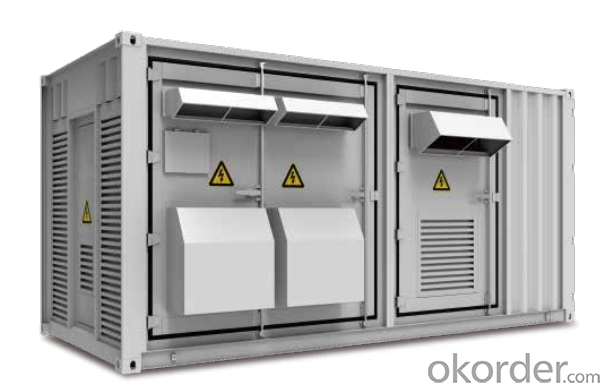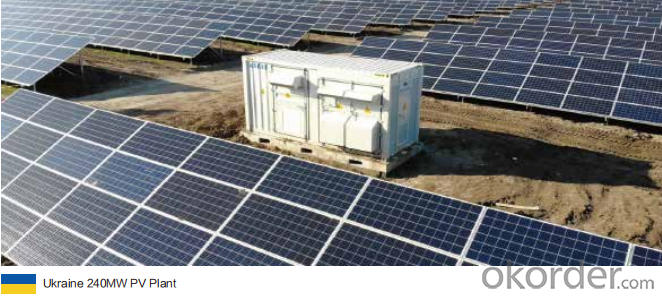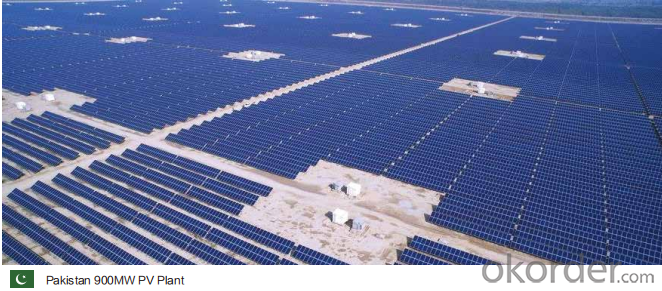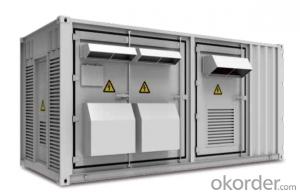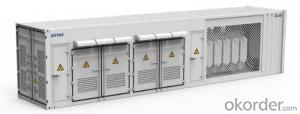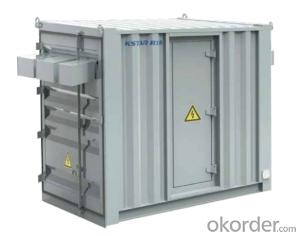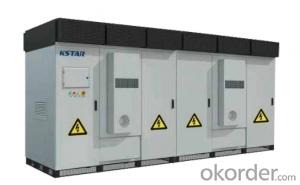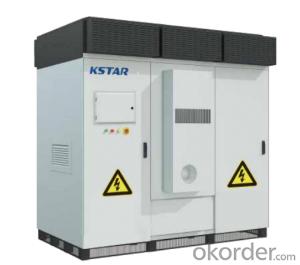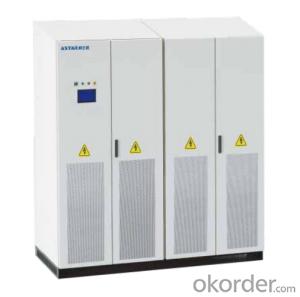Solar Inverter Prices:DC1500V Turnkey Solution/Inverter GSL2500C-MV
- Loading Port:
- China main port
- Payment Terms:
- TT OR LC
- Min Order Qty:
- 50 pc
- Supply Capability:
- 15000 pc/month
OKorder Service Pledge
OKorder Financial Service
You Might Also Like
Specification
Product Description:
★Max. PV voltage up to 1000V Max. 40 DC inputs
★IP54 outdoor protection Modular design for Easy maintenance
★Max. DC/AC ratio up to 1.5 Full power output under 50℃
★AGC/AVC Night SVG function LVRT/HVRT/FRT function
Technical Specifications:
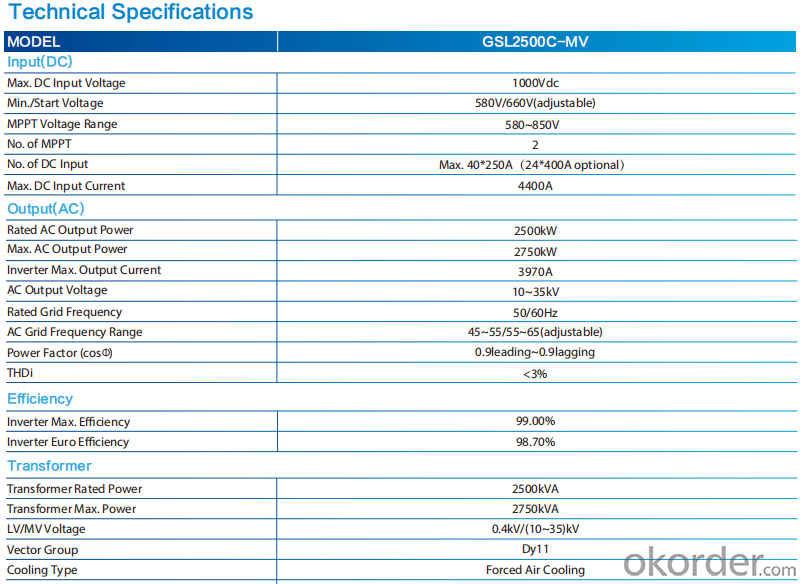
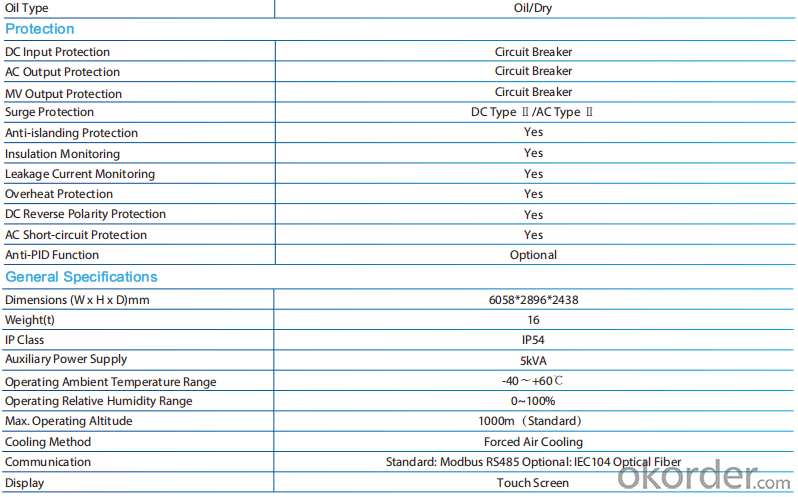
FAQ:
Q:How the output voltage of the PV inverter and the grid-connected voltage are determined
Inverter is the DC power (battery, battery) into alternating current (usually 220V, 50Hz sine wave). It consists of inverter bridge, control logic and filter circuit. Widely used in air conditioning, home theater, electric wheel, power tools, sewing machines, DVD, VCD, computer, TV, washing machine, range hood, refrigerator, video recorders, massage, fan, lighting and so on. In foreign countries
Q:Installation and maintenance of photovoltaic grid - connected inverter
only when the local power sector permission by the professional and technical personnel to complete all the electrical connection before the inverter can be connected.
Q:What is the difference between a PV grid-connected inverter and an off-grid inverter?
Off-grid inverter is equivalent to their own to establish an independent small power grid, mainly to control their own voltage, is a voltage source.
Q:After the PV inverter, how to achieve the same period before the network?
Solar panel simulator: with MPPT function, simulated morning, noon, afternoon, evening, rainy weather, solar panels produced under different conditions in different voltages.
Q:Is the PV inverter a current source or a voltage source?
According to the waveform modulation method can be divided into square wave inverter, stepped wave inverter, sine wave inverter and modular three-phase inverter.
Q:Photovoltaic grid-connected inverter without DC emc how will happen
Solar photovoltaic power generation technology is the use of solar cells, the photovoltaic effect of semiconductor materials, solar radiation can be directly converted into a new type of power generation system, solar energy is a radiant energy, solar power means --- to direct conversion of sunlight Into electricity,
Q:What is the difference between low voltage grid connection and medium voltage grid connection?
For photovoltaic power plants when the power system accidents or disturbances caused by photovoltaic power plant grid voltage drop, in a certain voltage drop range and time interval, the photovoltaic power plant can ensure that non-off-line continuous operation.
Q:Is the grid side of the grid and the inverter?
The grid load side of the grid is the grid. The inverter is an important part of the PV grid-connected system and can not be regarded as an external load. Photovoltaic power generation system is included in both grid and off-grid.
Q:PV grid-connected inverter and independent inverter in the control of what is the difference
The independent inverter in the output voltage phase amplitude of the frequency control is initially set good. Independent inverter, you should refer to off-grid inverter, do not need to consider the grid situation.
Product Images:
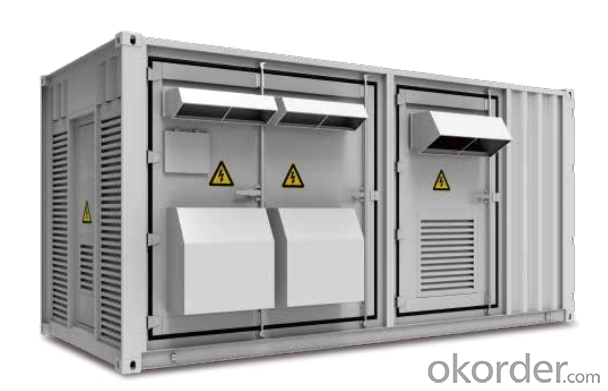
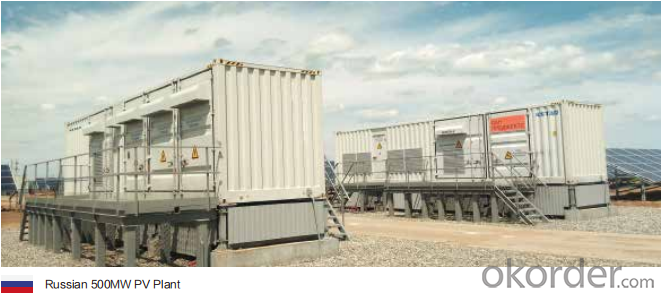
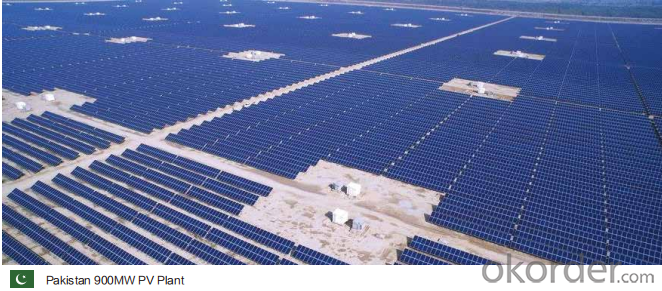
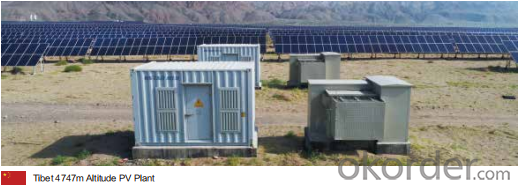
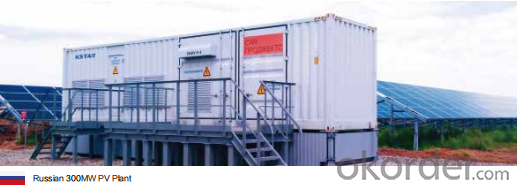
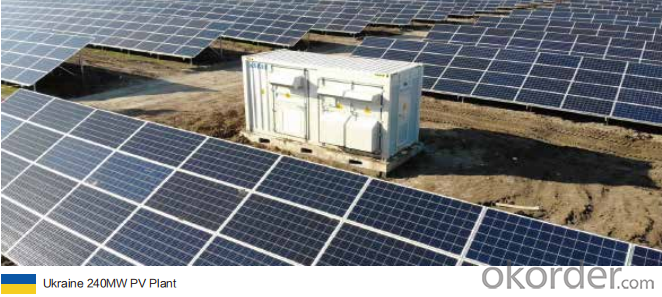
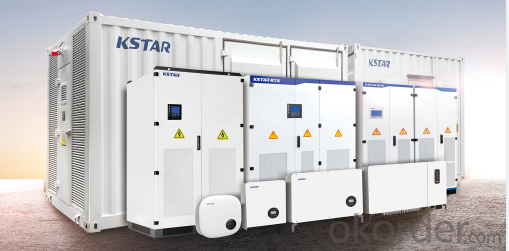
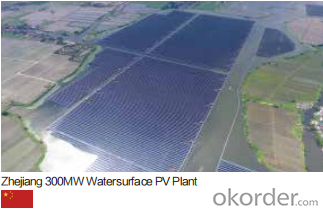
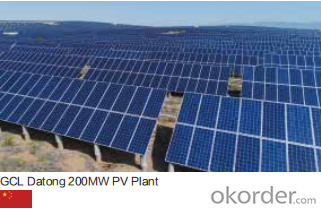
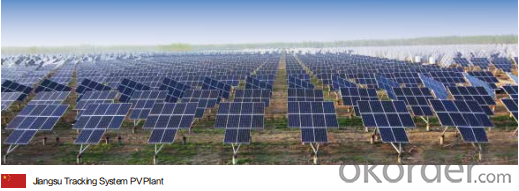
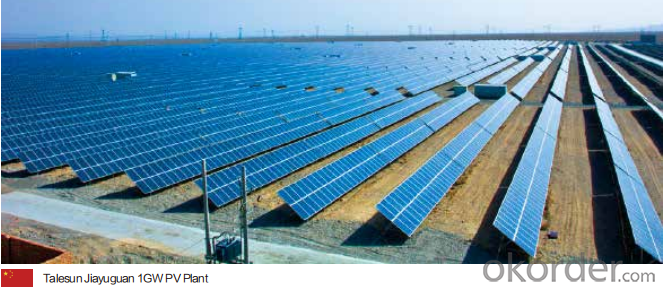
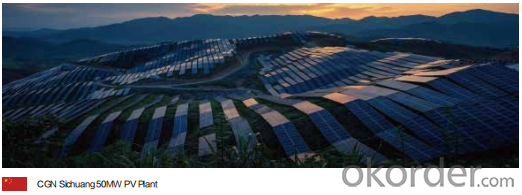
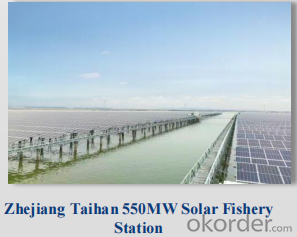

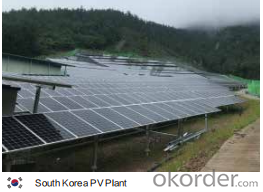
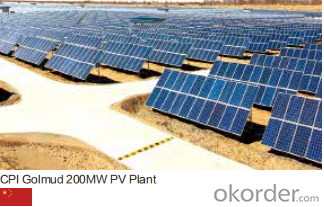
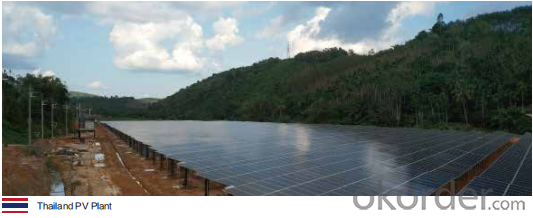
Production Process Photos:
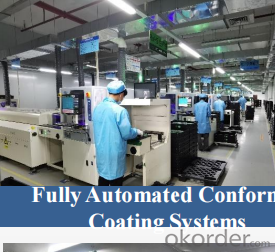
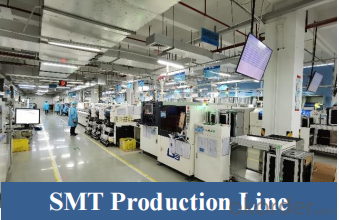
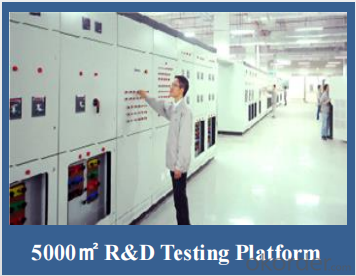
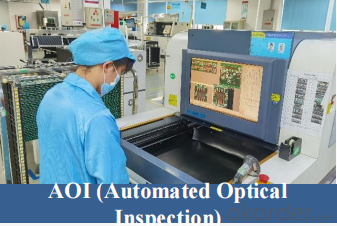
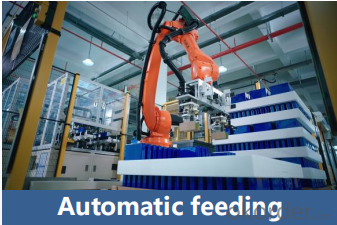
- Q: What are the potential risks of electrical shock from a solar inverter?
- The potential risks of electrical shock from a solar inverter include direct contact with live electrical components, inadequate insulation or grounding, improper installation or maintenance, and failure to follow safety guidelines. Electrical shocks can cause injury, burns, and even fatalities. It is crucial to ensure proper precautions are taken, such as using qualified electricians, following manufacturer instructions, and implementing safety measures to mitigate these risks.
- Q: What is the role of Maximum Power Point Tracking (MPPT) in a solar inverter?
- The role of Maximum Power Point Tracking (MPPT) in a solar inverter is to optimize the efficiency and performance of the solar panel system. MPPT technology allows the solar inverter to constantly adjust the operating voltage and current of the solar panels to ensure they are operating at their maximum power point, where the panel generates the most power. This increases the overall energy production of the solar system and maximizes the utilization of the available sunlight.
- Q: Can a solar inverter be used with batteries for energy storage?
- Yes, a solar inverter can be used with batteries for energy storage. The solar inverter converts the DC (direct current) electricity generated by the solar panels into AC (alternating current) electricity that can be used to power household appliances. When connected to batteries, the excess solar energy generated during the day can be stored in the batteries for later use, such as during nighttime or when the solar panels are not producing enough electricity. This allows for a more efficient and reliable use of solar energy.
- Q: What is the role of a voltage regulator in a solar inverter?
- The role of a voltage regulator in a solar inverter is to ensure that the voltage output from the solar panels is regulated and maintained at a consistent level, regardless of variations in sunlight intensity. This is important for the efficient and safe operation of the inverter, as it prevents overvoltage or undervoltage conditions that could damage the inverter or connected equipment.
- Q: Can a solar inverter be used with micro-inverters?
- Yes, a solar inverter can be used with micro-inverters. In fact, it is a common practice to combine a central solar inverter with micro-inverters in a solar system. The central inverter is responsible for converting the direct current (DC) power generated by the solar panels into alternating current (AC) power, while the micro-inverters optimize the power output of each individual solar panel. This combination allows for increased efficiency and flexibility in managing the solar system.
- Q: How is the size of a solar inverter determined?
- The size of a solar inverter is determined based on the maximum power output of the solar panels connected to it. It should match or exceed the total capacity of the solar panels to ensure optimal performance and avoid any power limitations.
- Q: Can a solar inverter be used for both grid-tied and off-grid systems?
- Yes, a solar inverter can be used for both grid-tied and off-grid systems. However, it is important to note that there are different types of solar inverters designed specifically for each system. Grid-tied inverters are designed to convert DC power generated by solar panels into AC power and feed it into the grid, while off-grid inverters are designed to convert DC power into AC power for use in standalone systems not connected to the grid.
- Q: What is the difference between a string inverter and a microinverter?
- The main difference between a string inverter and a microinverter lies in the way they convert direct current (DC) from solar panels to alternating current (AC) for use in homes or businesses. A string inverter is a centralized device that connects multiple solar panels in a series or "string" configuration. It converts the combined DC power from the entire string into AC power. This means that if one panel in the string underperforms or is shaded, it can affect the overall performance of the entire string. On the other hand, a microinverter is a small inverter that is attached to each individual solar panel. It converts the DC power from each panel into AC power independently. This allows each panel to perform optimally, even if others in the system are shaded or experiencing issues. In summary, while a string inverter handles the conversion of power from multiple panels as a whole, a microinverter ensures each panel operates at its maximum potential independently.
- Q: How does a solar inverter handle partial shading on solar panels?
- A solar inverter handles partial shading on solar panels by utilizing a technique called Maximum Power Point Tracking (MPPT). MPPT allows the inverter to constantly monitor and adjust the voltage and current levels of each solar panel to ensure that it operates at its maximum power output despite shading. This is achieved by dynamically redistributing power between the shaded and unshaded panels, optimizing the overall energy generation of the entire solar array.
- Q: Can a solar inverter be used in extreme weather conditions?
- Yes, solar inverters are designed to withstand extreme weather conditions. They are built to be durable and resistant to factors such as temperature fluctuations, humidity, and harsh weather elements. However, it is always recommended to consult the manufacturer's guidelines to ensure proper installation and protection measures are in place for specific weather conditions.
Send your message to us
Solar Inverter Prices:DC1500V Turnkey Solution/Inverter GSL2500C-MV
- Loading Port:
- China main port
- Payment Terms:
- TT OR LC
- Min Order Qty:
- 50 pc
- Supply Capability:
- 15000 pc/month
OKorder Service Pledge
OKorder Financial Service
Similar products
Hot products
Hot Searches
Related keywords
